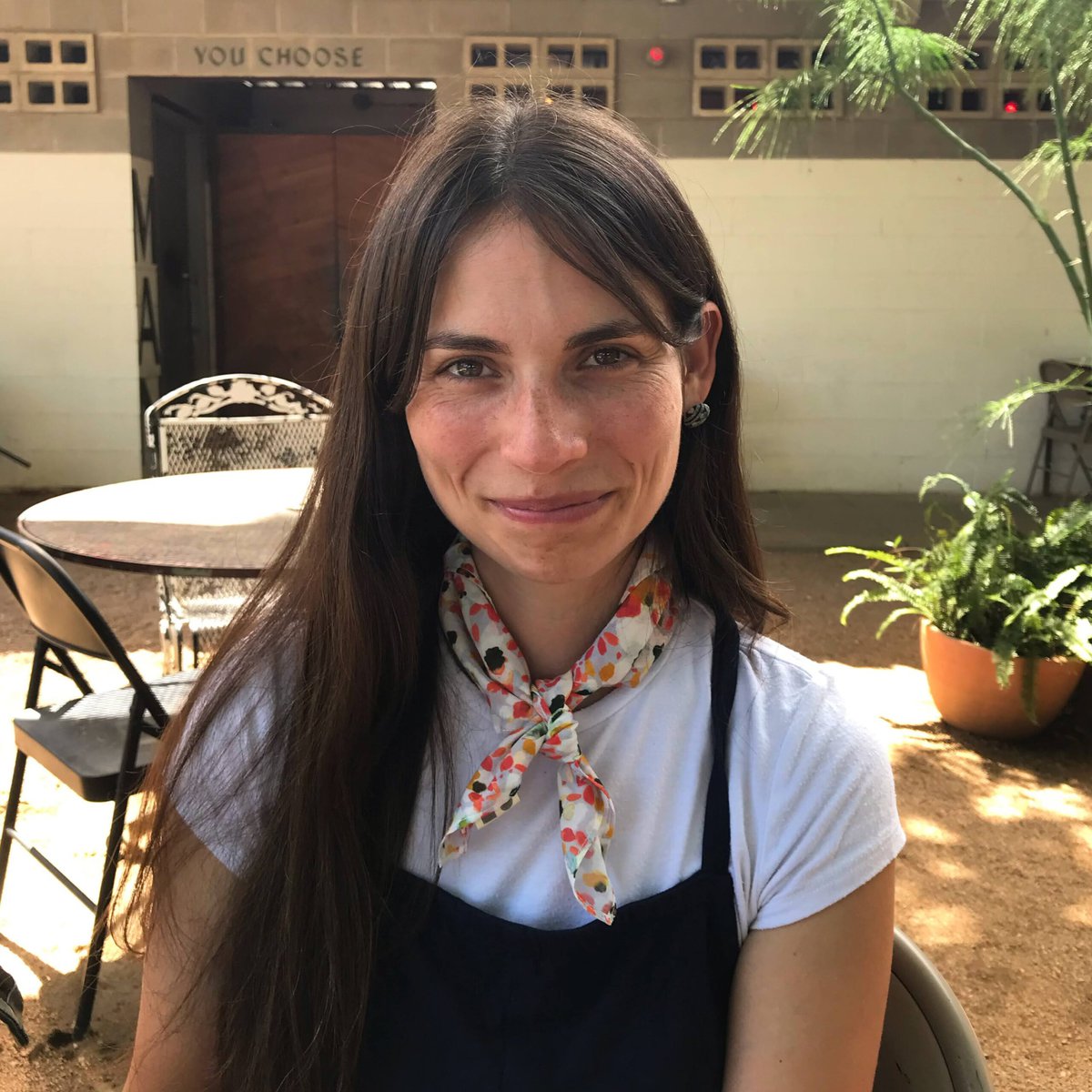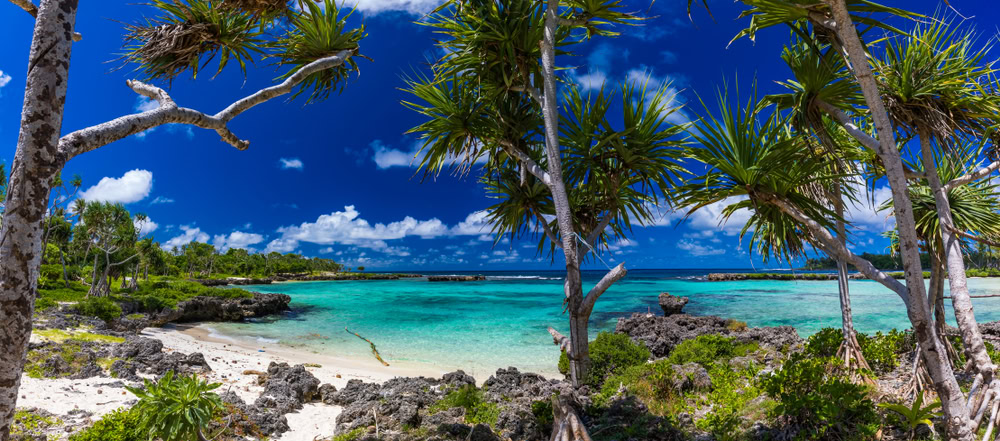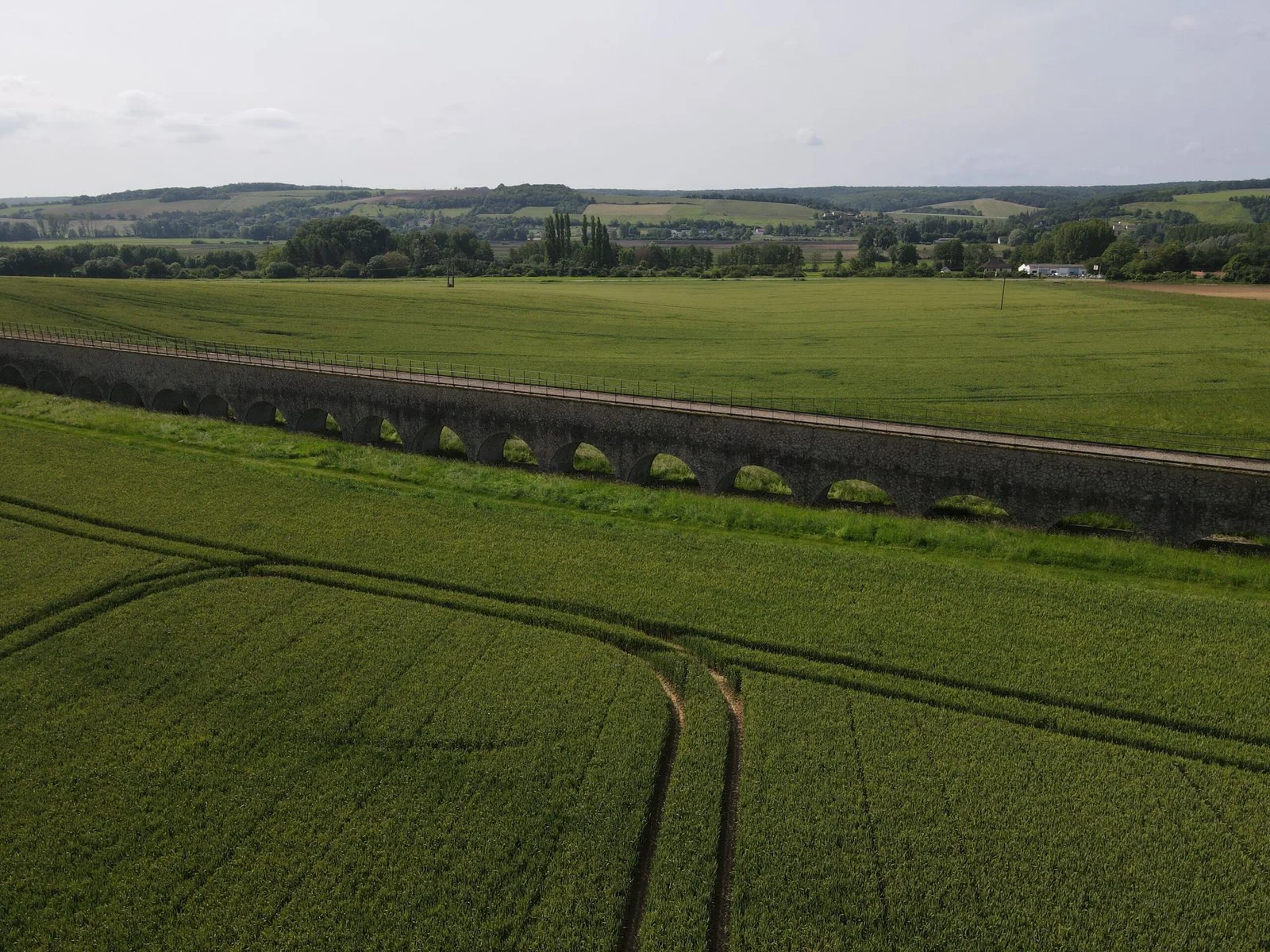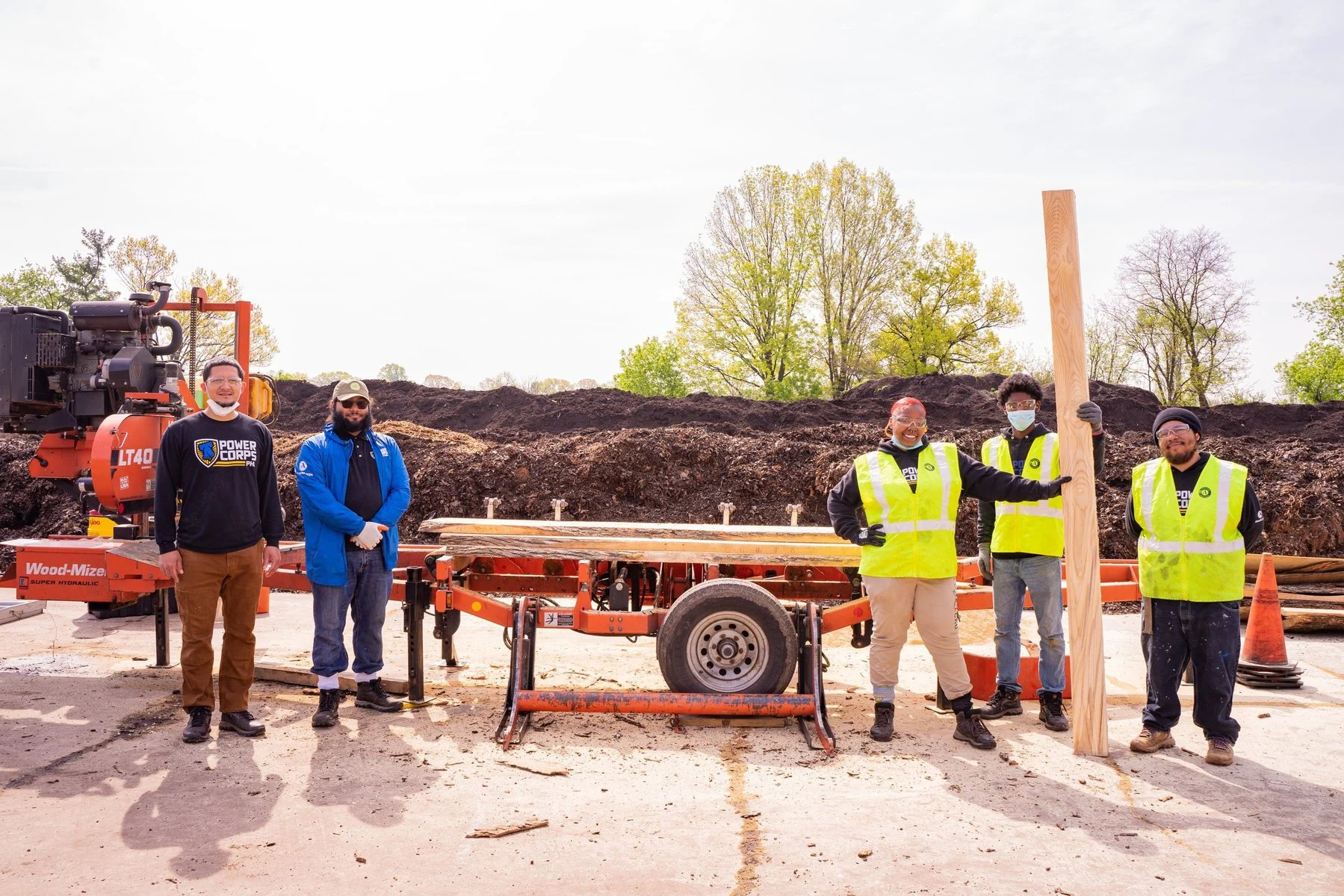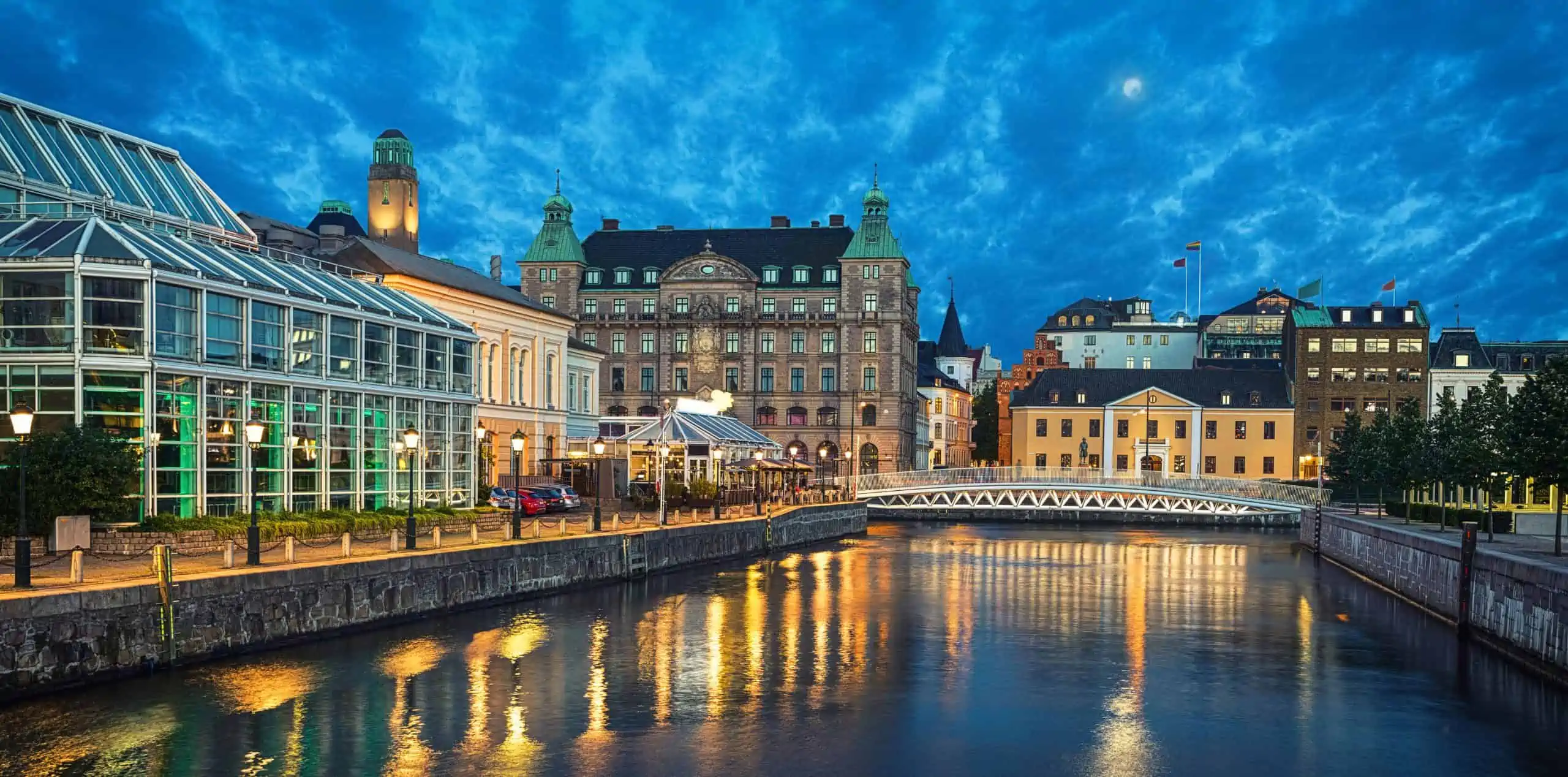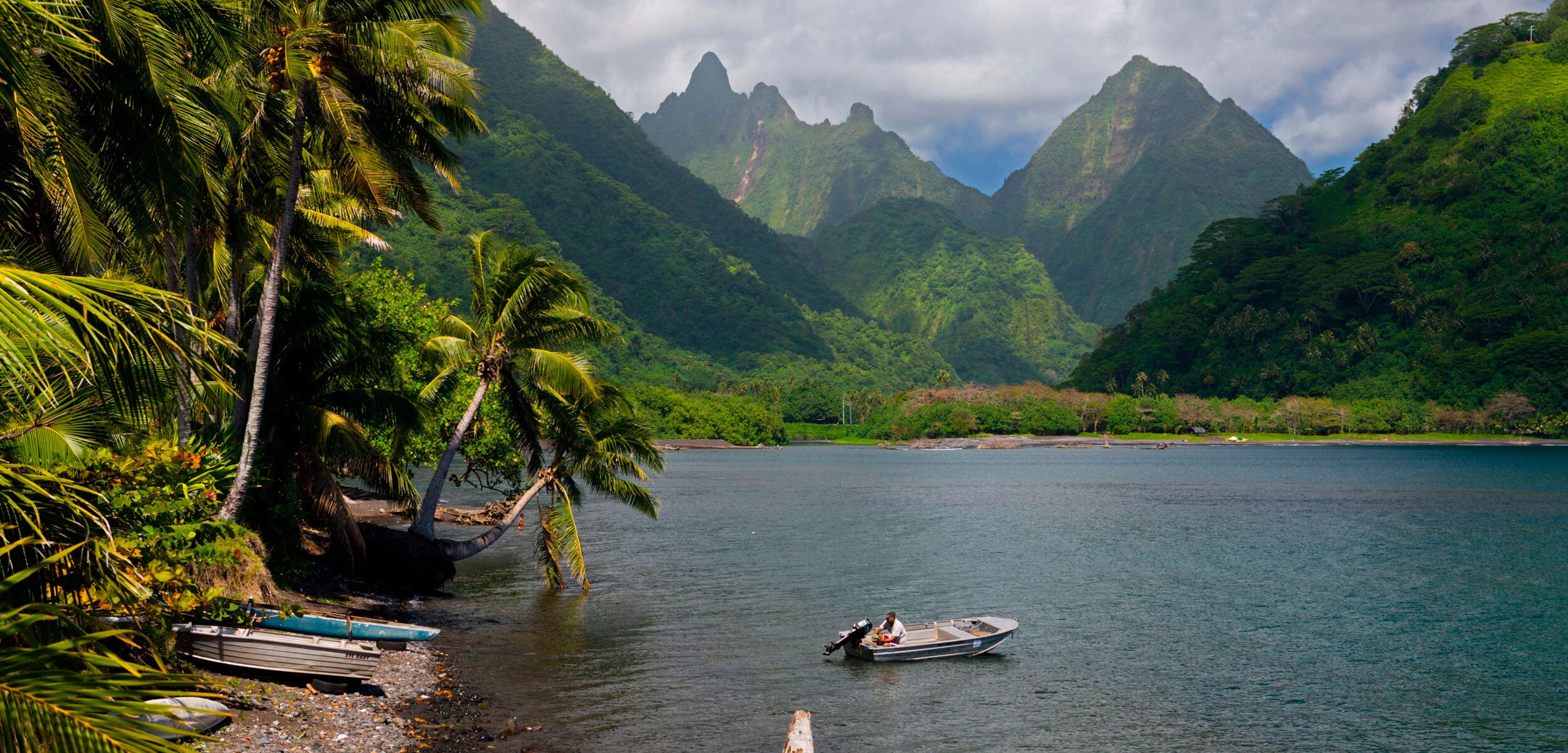Welcome back to our weekly behind-the-scenes glimpse at what’s getting our team talking. Let us know what you think at [email protected].
 Juneteenth in Greensboro
Juneteenth in Greensboro
Juneteenth, an annual celebration of the end of slavery in the US, has only been a federal holiday since 2021. So how did Greensboro, North Carolina, make it a paid city holiday a year before that? A story co-published by Next City and Triad City Beat digs in. As with many other modern celebrations of Juneteenth, the process was driven by Black artists and activists. For the city, it came down to brass tacks: how much would it cost to add one more paid holiday? Not that much, as it turned out.
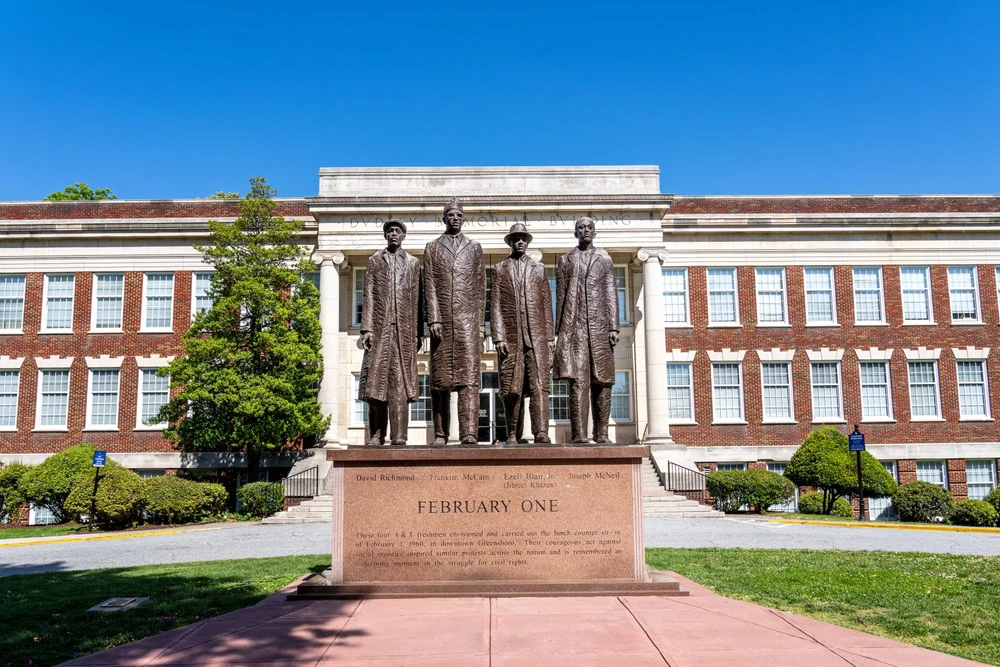
“It means a lot for the city to do that for us,” artist-activist Princess Johnson said. “They only used to do those things for the Fourth of July. But now, everybody knows it’s Juneteenth.”
Turning up the heat
Summer is making its official entrance in the northern hemisphere. And while that means fun things like beach days and ice cream, it also means excessive heat and its hazards. Heat-related deaths in the US have increased by 900 percent since the 1960s — and this issue disproportionately affects Black people and Indigenous people. This week, Editorial Director Rebecca Worby shared a story from Capital B, a Black-led nonprofit news organization, about how Black neighborhoods are preparing for a sweltering season.
Becca says:
I’m thinking a lot about heat-related dangers as much of the US plunges into a heat wave. This story looks at how Black communities are taking matters into their own hands, including through heat preparation workshops, resource-sharing and networks that check on vulnerable people.
What else we’re reading
🗺️ When Climate Disaster Strikes, Slums Are Vulnerable. Better Maps Help — shared by RTBC founder David Byrne from Bloomberg Businessweek
⚖️ Utah’s tribal reentry court is a success that Arizona and Wyoming want to model — shared by Rebecca Worby from KUER
🏞️ In California, Tribal Members Are Reclaiming the ‘Land of the Flowing Water’ — shared by Contributing Editor Michaela Haas from the New York Times
In other news…
Our series on smart ways cities are solving the problems caused by cars has gotten a lot of people talking.
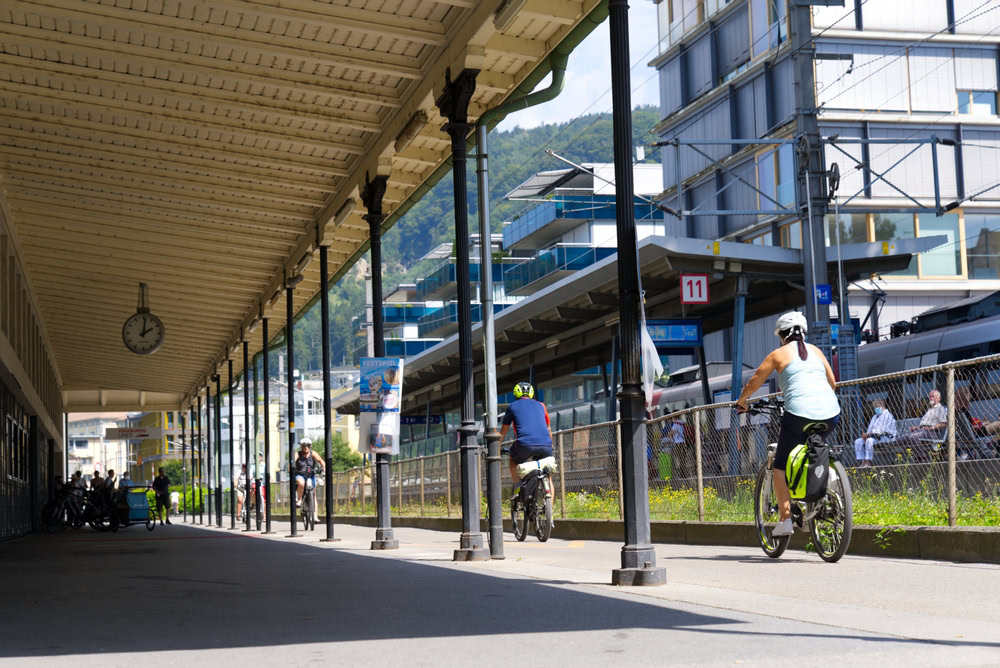
If you missed it, it’s not too late to learn about how congestion pricing makes cities more livable, the wonder of London’s low-traffic neighborhoods and why cars in cities across Europe are slowing down.
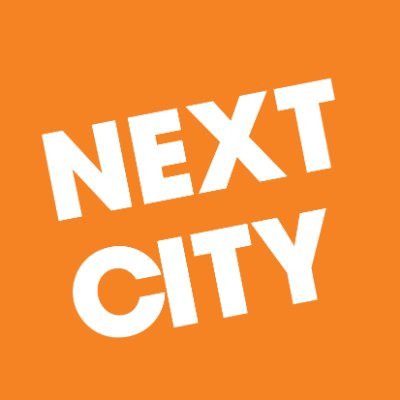 Juneteenth in Greensboro
Juneteenth in Greensboro
